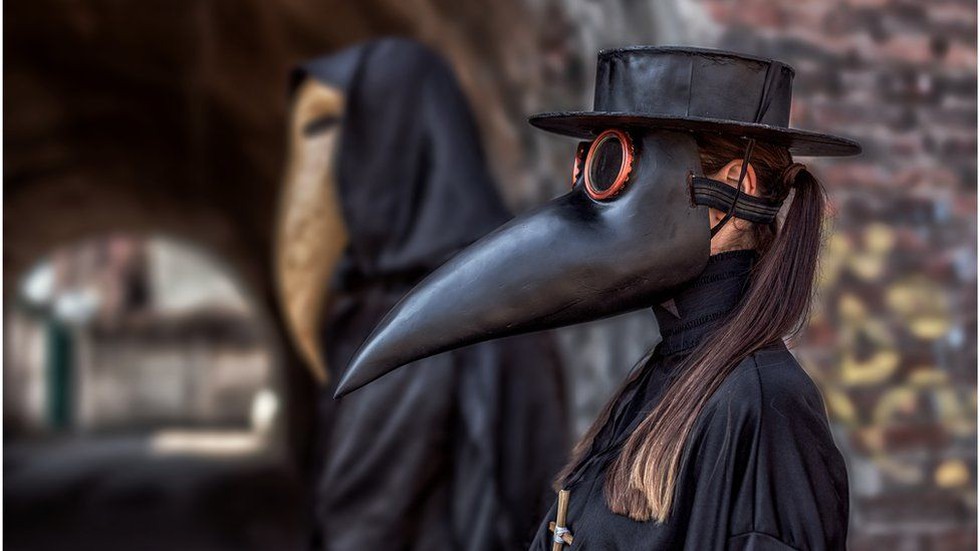About the Bubonic Plague:
- Plague is an infectious disease caused by a specific type of bacterium called Yersinia pestis, a zoonotic bacterium usually found in small mammals and their fleas.
- pestis can affect humans and animals and is spread mainly by fleas.
- Bubonic plague is one type of plague. It gets its name from the swollen lymph nodes (buboes) caused by the disease.
- Called the Black Death, it killed millions of Europeans during the Middle Ages.
- The other types of plague are:
- Septicemic plague, which happens when the infection goes all through the body.
- Pneumonic plague, which happens when the lungs are infected.
- Plague can be a very severe disease in people, with a case-fatality ratio of 30% to 60% for the bubonic type, and is always fatal for the pneumonic kind when left untreated.
- Symptoms: Bubonic plague symptoms include
- Sudden high fever and chills.
- Pain in the areas of the abdomen, arms, and legs.
- Headaches.
- Large and swollen lumps in the lymph nodes(buboes) that develop and leak pus.
- Transmission:
- pestis is spread mostly by fleas on rodents and other animals.
- It is transmitted between animals and humans by the bite of infected fleas, direct contact with infected tissues, and inhalation of infected respiratory droplets.
- The incubation period of bubonic plague is usually 2 to 8 days.
- Treatment:
- It can be treated and cured with antibiotics.
- Antibiotics that treat bubonic plague include Ciprofloxacin, levofloxacin, moxifloxacin, Gentamicin and Doxycycline.
- It can be fatal if it’s not treated.
